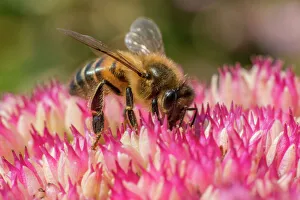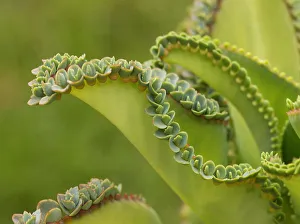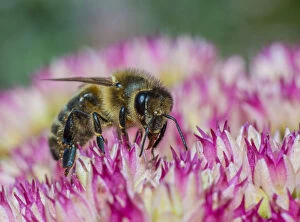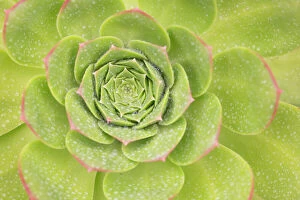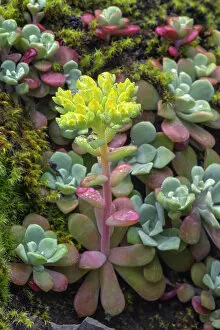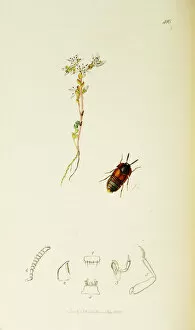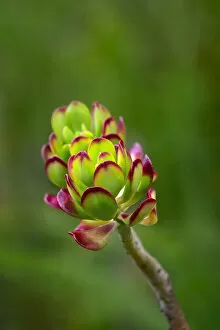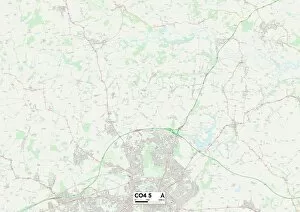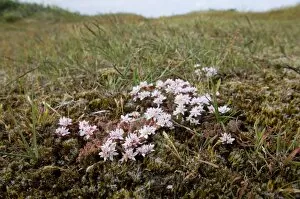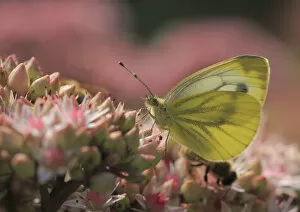Stonecrop Collection
Stonecrop, also known as Sedum, is a fascinating and diverse plant that captivates both nature enthusiasts and gardeners alike
All Professionally Made to Order for Quick Shipping
Stonecrop, also known as Sedum, is a fascinating and diverse plant that captivates both nature enthusiasts and gardeners alike. This hardy succulent has many intriguing qualities, making it a favorite among various species. One of the most enchanting sights involving stonecrop is witnessing the European honey bee delicately feeding on ice plant flowers. The vibrant colors of Sedum spectabile attract these diligent pollinators, creating a harmonious relationship between flower and insect. Another remarkable characteristic is seen in the Mother of thousands plant, Kalanchoe daigremontiana. This unique succulent exhibits viviparous growth with vegetative reproduction, producing tiny plantlets along its leaves. It's truly a marvel to witness new life sprouting from this resilient species. The Burros tail plant gets its name from its long cylindrical leaves that resemble the tails of donkeys. These fleshy appendages store water efficiently, allowing the plant to thrive in arid conditions while adding an aesthetic appeal to any garden or rockery. Nature never ceases to amaze us when we spot Titanias fritillary basking on rocks adorned with Lichens such as Rhizocarpon geographicum. The delicate butterfly finds solace amidst these natural formations while showcasing their intricate patterns against the backdrop of stonecrop-covered surfaces. A close-up view reveals an exquisite moment where an European dark bee (Apis mellifera mellifera - nigra race) feeds on Stonecrop nectar. This interaction highlights how vital they are for sustaining pollinators and maintaining biodiversity within ecosystems. In Olympic National Park in Washington State, broadleaf stonecrops grace the landscape with their beauty during June 2013. Their presence adds splashes of color amongst rocky terrains while providing shelter for small creatures seeking refuge amidst their foliage.

